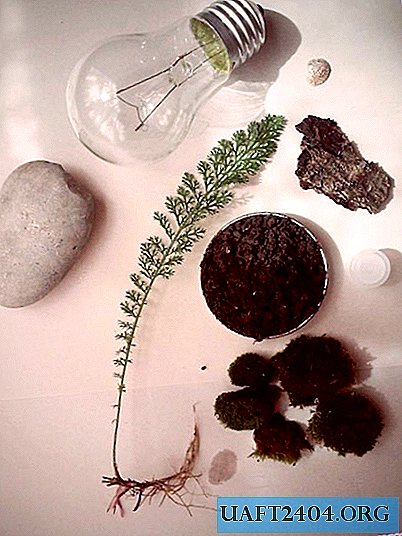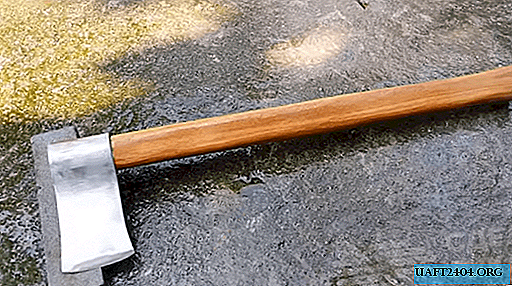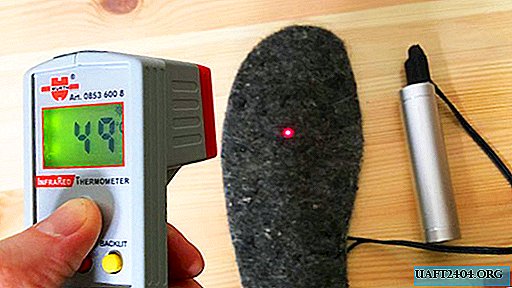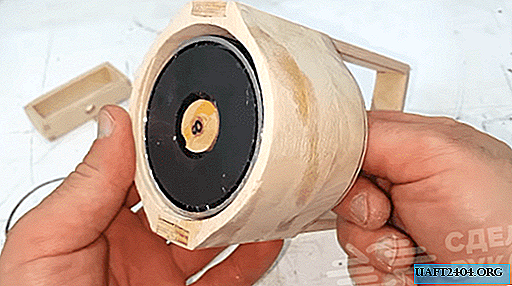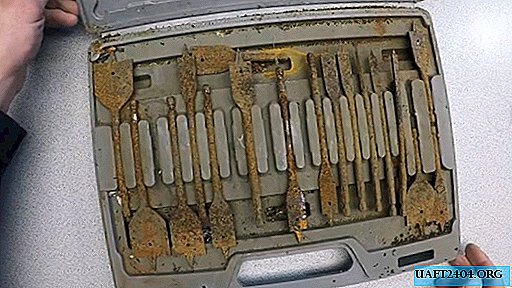Share
Pin
Tweet
Send
Share
Send
Replacing a failed faucet in plumbing is a type of ordinary work. Usually it is performed after a complete shutdown of water supply in the house or riser with vertical wiring. But what to do when it is not advisable to disconnect the entire house from the water supply, and the crane requires replacement?
Let's see how one of the plumber masters got out of this situation. We want to warn you right away that this method is not a panacea, and has a rather serious degree of risk. But to reject it is also not worth it. So let's get started!
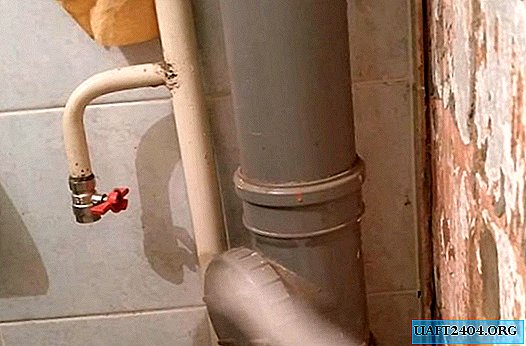
Description of the problem
A ball valve, in spite of its improved structure in relation to a valve, can also become unusable. There may be several reasons for this:
- The formation of scale on the ball, and as a result, the erasure of PTFE gaskets (saddles);
- Fracture of the rotary rod;
- Deformation of the internal parts of the crane;
- Damage to the bolt ball itself.
Of course, this can be due to various reasons, for example, poor-quality thin metal or a manufacturer’s saving on components. But in a critical situation, when the crane does not work and needs to be replaced, you need to find the right way out, and at the same time not to flood either yourself or your neighbors.

We change the crane under pressure
To begin with, it is worth preparing some containers for filling with water for the most unforeseen event. If a toilet or inspection hatch is located nearby in a sewer riser, you can use them to drain the water through a suitable hose.
We prepare a sealant
To seal the threads in plumbing, various sealants are used. Each of them has its own advantages and disadvantages. One of the most versatile and ancient sealants is considered linen tow.
Recently, tow has been customarily used in combination with sealing pastes, such as Unipack. It is easy to use, non-toxic, resistant to corrosion and temperatures up to +140 degrees Celsius. But the biggest advantage of this material is the ability to adjust to 45 degrees. For complex assemblies where several elements are involved, and the position of each of them matters, this property is extremely useful. Unlike, for example, fumlent, you no longer have to disassemble the connection if you suddenly accidentally twist a tap or a coarse filter in front of the counter. It dries very slowly, so if you need to dismantle the assembly elements, this work can be done without much effort.
We unwind several tow fibers, and twist them into a tight pigtail. We calculate the length so that it is enough for the winding of the entire thread under the tap. We pick up a little sealing paste, and thoroughly soak our sealant.



We dismantle the crane
This procedure is very risky, since the crane body, when untwisted, can crack or simply burst from the pressure of water. We adjust an adjustable or gas key under the size of a collar of the crane. The valve handle (lever or "butterfly") can be removed while unscrewing the pressure brass Euro-nut.
Adjusting the pressure, turn off the tap counterclockwise, holding the tap of the riser. The last turns of the thread can be done manually, since the thread resistance should be minimal.
Having removed the tap from the thread, we substitute the storage tank or hose for water drainage.



We wind the seal
Wrap the pre-prepared pigtail pigtail on the tap thread clockwise. Thus, during the installation of the crane, unwinding of the seal will be excluded. Additionally, it can be rubbed on the thread manually.



We install a crane
We install a new ball valve by hand, opening the valve to supply water. Having done several turns, the connection can be pulled up from the key. We turn the tap all the way, exposing its position relative to the rest of the assembly elements, and turn the valve. Evidence of a good connection will be a dry joint at the outlet of the riser and crane.




Practical tips
In such situations, whenever possible, turn off the water supply in the riser or in the house. Since it is impossible to be completely sure of the correct working thread for a tap on a pipeline, you need to get ready to cut it in a new one, and this will take time. And under the pressure of water - this is very inconvenient, and sometimes simply impossible.
In order not to bring the ball valve to malfunctions or breakdowns, it should be developed 1-2 times a month, alternately closing and opening the locking rod.
Try to always take high-quality locking fittings, including ball valves, because a good plumber who can fix any breakdown may not be at hand!
Watch the video
Share
Pin
Tweet
Send
Share
Send

